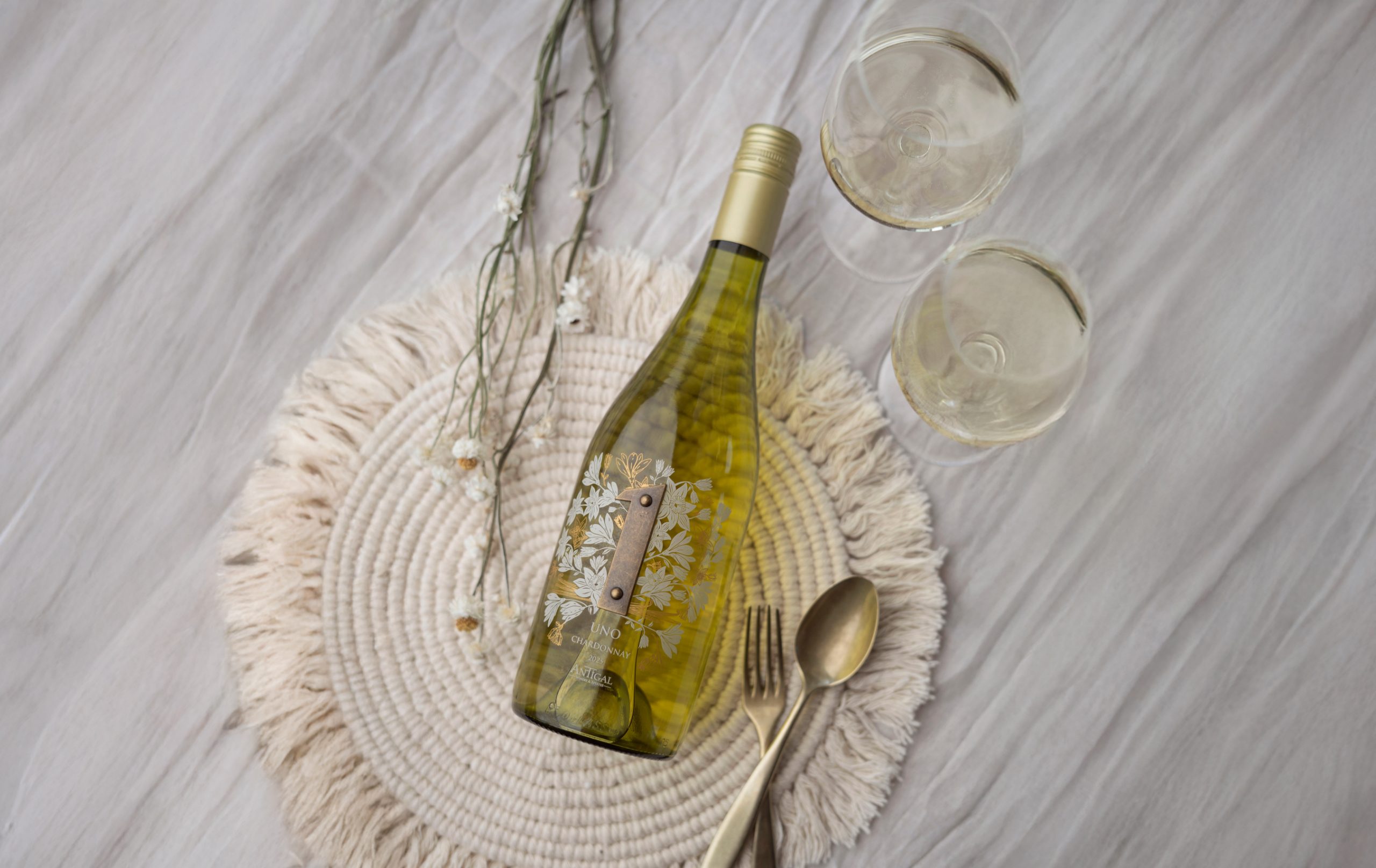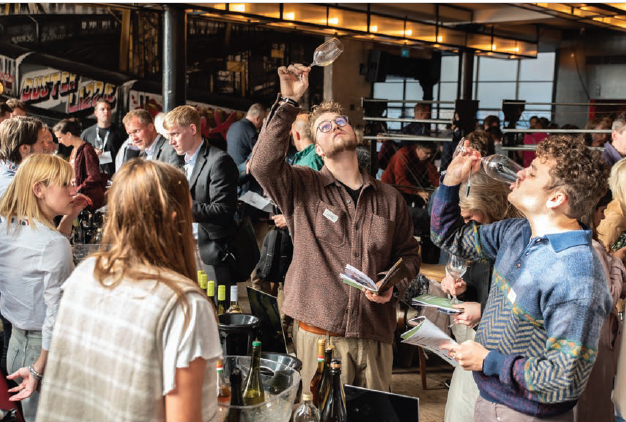Champagne harvest: ‘yields are proving to be highly uneven’
Producers in Champagne are reporting poor weather, including spring frosts and rain and a lack of sunshine during flowering, have impacted this year’s harvest. Giles Fallowfield investigates.

The Champagne harvest has continued apace with sunny weather expected in most of the vineyards until at least early this week (Monday 23 Sept).
A maximum permitted yield for the 2024 was set in mid-July at a general level of 10,000kgs/ha, which was down from 11,400kgs/ha in 2023. But with picking underway in nearly all parts of the appellation, it is clear that some areas won’t reach anywhere near that level.
Speaking to Charles Philipponnat earlier this month at the London launch of Clos Des Goisses 2015, he said their estate mostly close to Mareuil “won’t have a very good harvest, in terms of volume, with yields mainly around the 7,000kgs/ha level”
But Philipponnat added that even this level compares favourably with sister company in the BCC group, Alexandre Bonnet in the Côte des Bar region, and Champagne’s largest single cru Les Riceys, where he said “yields may be as low as 2,000kgs/ha”.
The vineyards have suffered from spring frosts, hail, diseases —particularly mildew — while the poor weather at flowering elongated that process which has resulted in uneven ripeness levels.
The growing season thus year has been dogged by high rainfall and lack of sunshine. Maxime Toubart, president of the main growers’ union the SGV, said “2024 was exceptionally wet, which complicated the work in the vineyard”, when announcing the proposed harvest yield levels in July.
Well aerated
On the positive side, Philipponnat said because of the smaller crop hanging, it’s “well aerated and should ripen more easily and quicker than larger bunches would, and there’s very little in the way of botrytis, virtually none at all in Mareuil itself.”
By 6 September, potential alcohol levels had reached 9.5deg and up to 12deg in Clos des Goisses — its large, steep, south facing vineyard.
In general, he noted that “Chardonnay yields would be higher, “up around 9,000 kgs/ha, helping raise the average level, with bigger and tighter bunches”.
Low yields
Emilien Boutillat, winemaker for Piper Heidsieck and Rare, also remarked on the very low yields likely in Champagne’s most southerly vineyards and the difficulties for pickers in many places where ripeness levels differed widely.
He said: “The stop start nature of picking in 2024 is going to present us with issues. We have a large 15-hectare parcel in the Vallée de l‘Ardre to the east of Reims where there was a variance of 2deg in ripeness levels in the same parcel and that represents one week difference.”
“We are hoping average yields will reach between 10 and 11,000kgs/ha but there are going to large disparities between regions. Spring frosts, hail, mildew and oidium have all taken their toll. Côte de Sezanne and Montgueux – other good sources of Chardonnay – have also had a difficult year.
“But the good news is we have a decent quantity of good quality reserve wine from 2023 and back vintages so we are in very good shape.”
For Nicolas Jaegar, chef de cave at Alfred Gratien which sources most of its fruit from grand and premier cru vineyards around its Epernay base, it’s been a season of significant weather challenges.
Partner Content
With their harvest starting on 17 September, he noted: “the vegetative season has extended longer than the ten-year average, particularly for Chardonnay and a significant ripening gap exists between white and red grape varieties.”
Yields are proving to be highly uneven and, as Boutillat also commented: “Veraison (ripening) is uneven, both within and between different plots while acidity is high at present relative to the potential sugar content, creating an intriguing balance.”
Happily, he also said despite botrytis pressure “vine health remains good, with little deterioration noted”.
Downbeat
At the start of the harvest, Louis Roederer’s head winemaker Jean-Baptiste Lécaillon was sounding slightly downbeat given the extreme weather conditions of the growing season which he describes as “unmanageable” from a vigneron’s perspective in the Côte des Bar.
He said: “In the south of the region, we are talking about yields of 3,000 to 4,000 kg/ha, or even plots at zero.” But the north seems to be in a better position, particularly on the eastern side of the Côte des Blancs, and the northern side of the Montagne de Reims where the vines are in satisfactory health and have higher yields “of between 8,000 and 9,000 kg/ha, or even more than 10,000 in certain plots”.
Lécaillon also notes a picking schedule similar to that in 2012, a promising comparison, with Meuniers harvested in the Marne Valley from around 11 September, followed by Pinot Noir a couple of days later, then Chardonnays much later starting around 18 September. An unusual picking schedule making organisation complicated, especially for smaller producers.
“We started our Pinot Noirs in an unusual order; the north terroirs first Mailly and Verzenay, as the season has seen less rainfall there,” he added.
Positive
As picking in Roederer’s own vineyards progressed over the past week, starting with Meunier in Cumières, Lécaillon’s day by day reports were all pretty positive. Pinot Noir in Dizy destined for Hommage à Camile was “beautiful fruit but needs another week to be ready”. Chardonnay in the ‘Faucheret’ lieu-deux in Vertus came in at “perfect ripeness” on their 5 th day of picking. Similarly, Clément Pierlot, Pommery chef de cave reported “amazing fruit coming from Haut-Crohau in Aÿ and destined for Cuvée Louise.
At Perrier-Jouët, head winemaker Severine Frerson, said they started their harvest in good weather with “pretty Meuniers from Dizy followed by Pinot Noirs in Aÿ,
moving on to Chardonnay in Cramant on 18 September. From a quality point of view, we have a nice aromatic balance on the must with a nice freshness, a great potential to preserve.”
At G.H. Mumm their new winemaker Yann Munier said: “acidity and alcohol are below 10 degrees for Pinot Noir, and above 10 degrees for Chardonnay, but for
Chardonnay we expect a potential decrease.” He doesn’t expect the harvest to be completed until at least the end of next week. “We have a particularly late harvest this year, but we should be 90% finished by 28 September.”
Finished early
The small harvest at Domaine Alexandre Bonnet in Les Riceys and surrounding villages which started on the 10 September actually finished early, on 18 September.
Irvin Charpentier, head winemaker said: “Generally, a harvest at Alexandre Bonnet would last 12-14 days while this one was only eight days. The yield varies widely between as little as 500kg and 5000kg depending on the contrée (vineyard).
“We’ve suffered from hail and frost during the growing season, but we had healthy grapes. Due to rainy days, we unfortunately had a lot of pressure from botrytis and mildew. Average potential alcohol is 9.6%vol with 7.5 g/L acidity with overall a good sugar/acidity balance.
“Vintage 2024 will give good ‘base wine’ for blending with reserve wines as it will brings freshness and acidity to some generous reserve wine like 2023 or 2022.”
Read more
‘Very small crop’ in Champagne a ‘good surprise’ quality-wise
Related news
Strong peak trading to boost Naked Wines' year profitability




